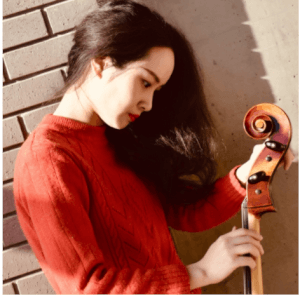In November 2018, the Chinese biophysicist He Jiankui claimed that two babies, Lulu and Nana, who were genetically-modified by his research team in order to endow them with immunity to the human immunodeficiency virus (HIV), were born. It is the first time that scientist claims to have conducted gene-editing on human embryo, thus sparkling new debates about the legitimacy of gene-editing and the ontological border between the human and the non-human beings.
In this paper I will use the Lacanian “microscope” to explore the psychoanalytic dimension of the phenomenon of human(nonhuman) gene-editing in contemporary medical and artistic fields where the transgressing of boundary is seen as a taboo. Specifically, I will focus on the following questions: How does bioart bespeak our relation to the non-human other? Why do bioart and biotechnological products often trigger the mixed feeling of excitement and repulsion? Do bioart and biotechnology touch upon the Lacanian jouissance, an enjoyment that combines pleasure and pain? Is this feeling of repulsion and excitement a testimony to our encounter with the “uncanny”? Is biotechnology our modern day “symptom”, without which we could not even sustain our consistency? How does the Lacanian “real” help us understand our quest for this very scientific liminality?
If Donna Haraway radicalizes the boundary between organisms and machines, arguing for “pleasure in the confusion of boundaries” (7), then Lacan tells us that it is precisely through this dissolution of boundaries that we encounter the inherent limitation of our symbolic world, theglamorous techno-capitalist social reality we live in. On the one hand, bioart exhibits our desire to explore the border “between torment and death, life and joy for one’s self, for our nonhuman other, and for the ecosphere in general” (Zaretsky 520). On the other hand, making tangible what Zizek calls the “irreducible gap between the Real and modes of its symbolization” (107), bioart, in its exploration of the aesthetic of liminality, reveals the impossibility inherent in the idealization of the human as a closed, autonomous system. I will present how the gene-editing project by scientist He and the works created by artists such as Anna Dumitriu, Suzanne Anker and Patricia Olynyk demonstrate the fundamental traumatic fissure between the “ecological symbiosis of human and nonhuman parts of the biosphere” (Morton 13) and our social reality.
Back






